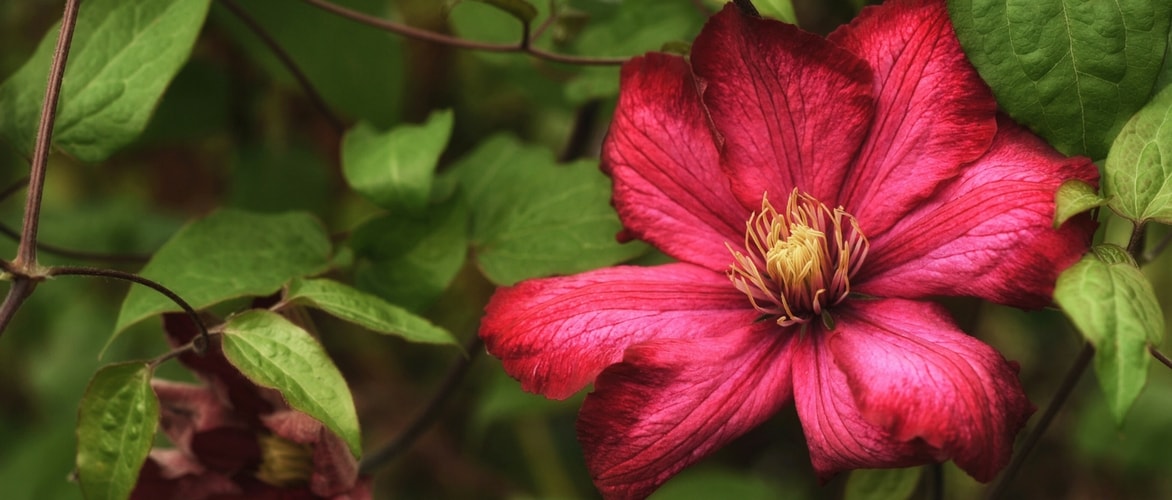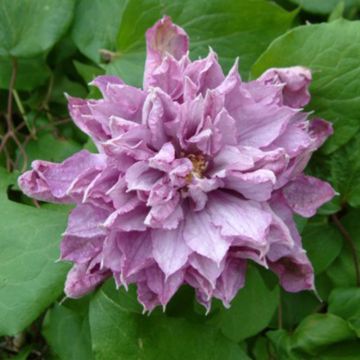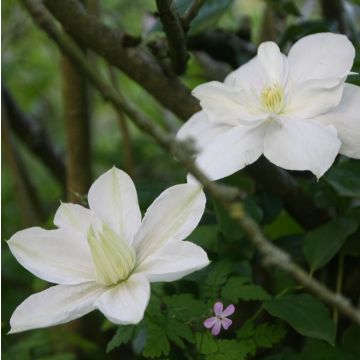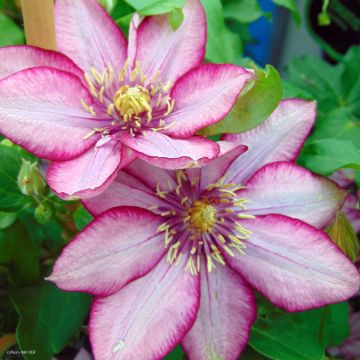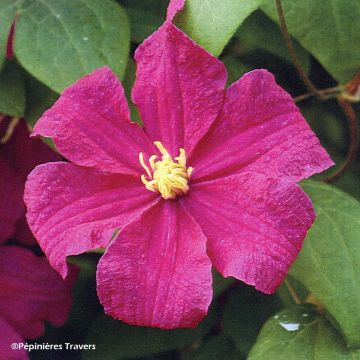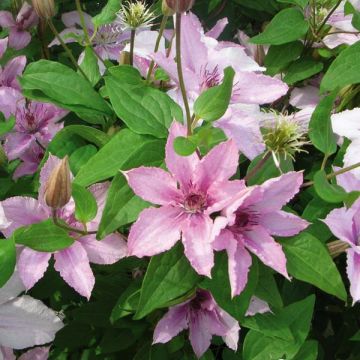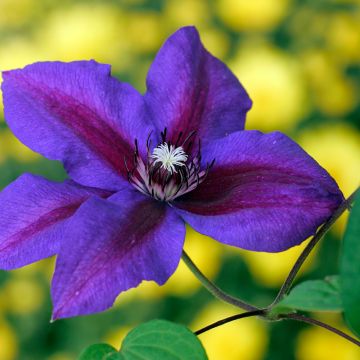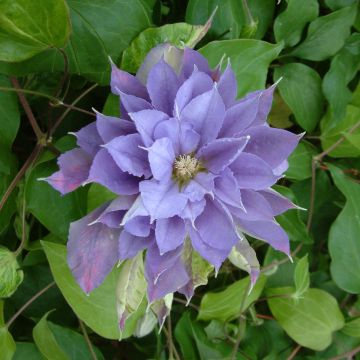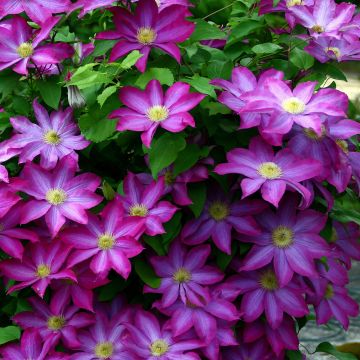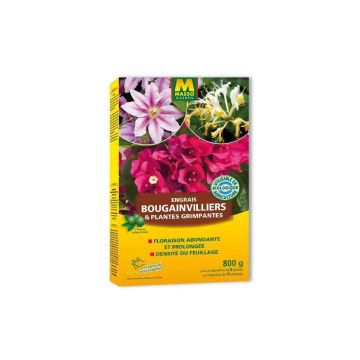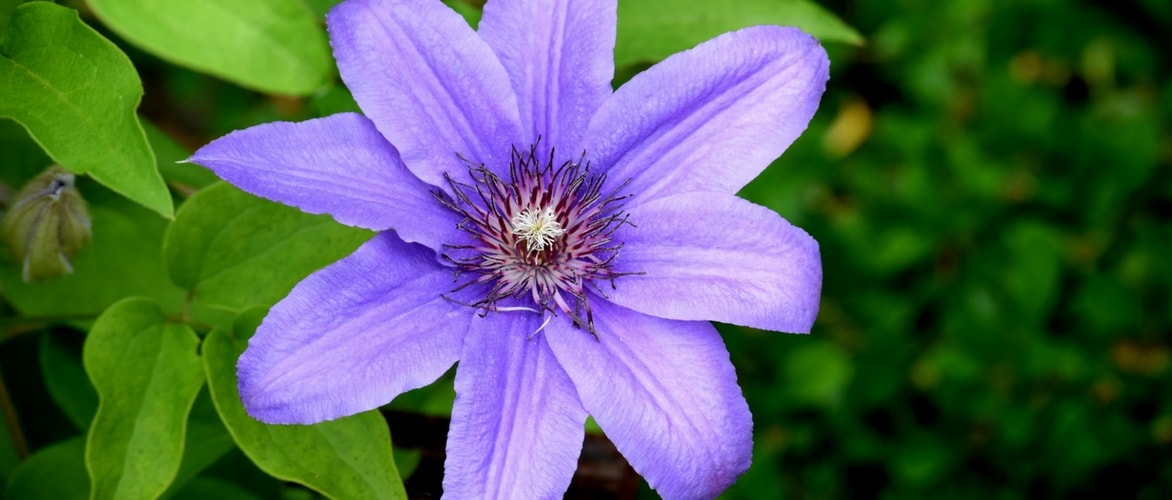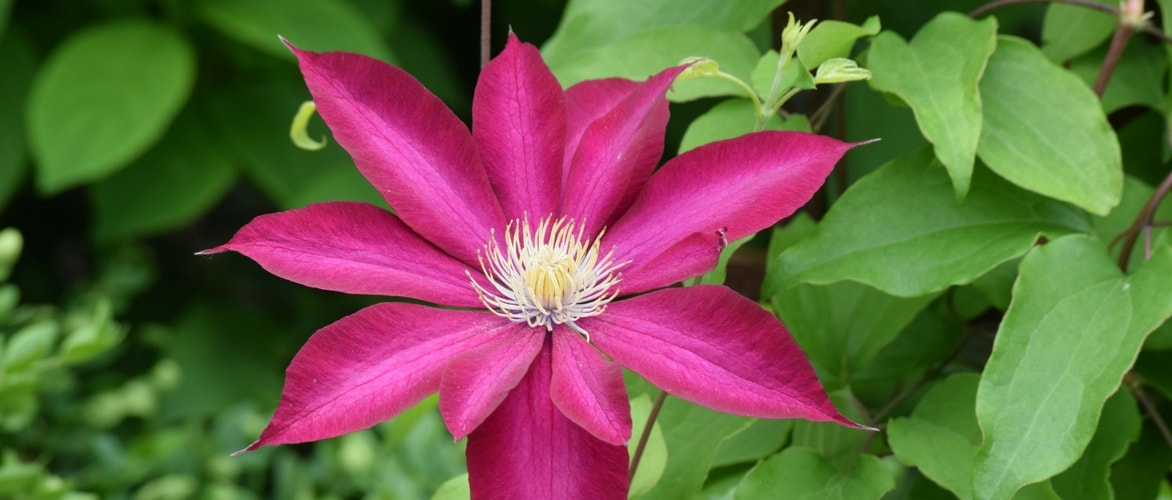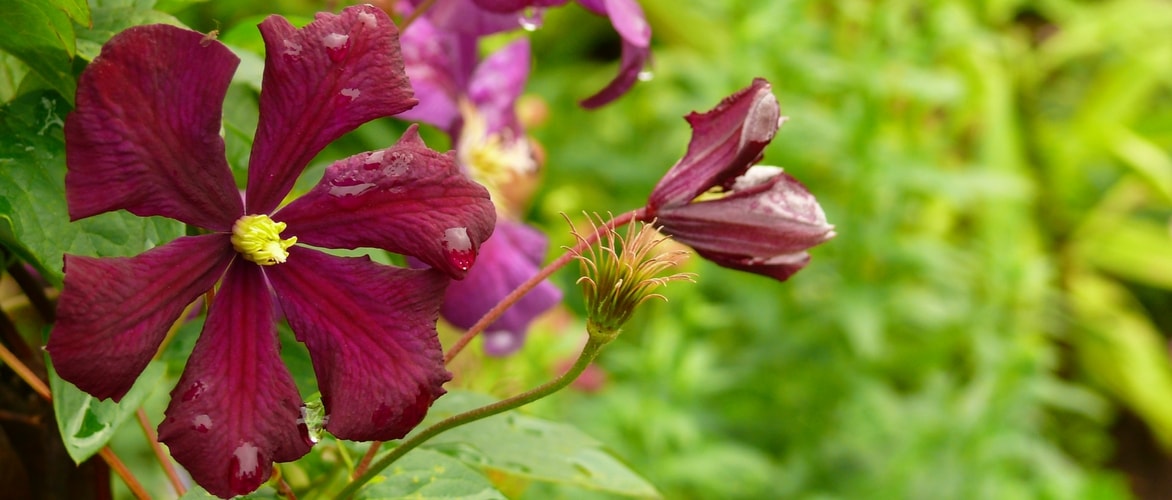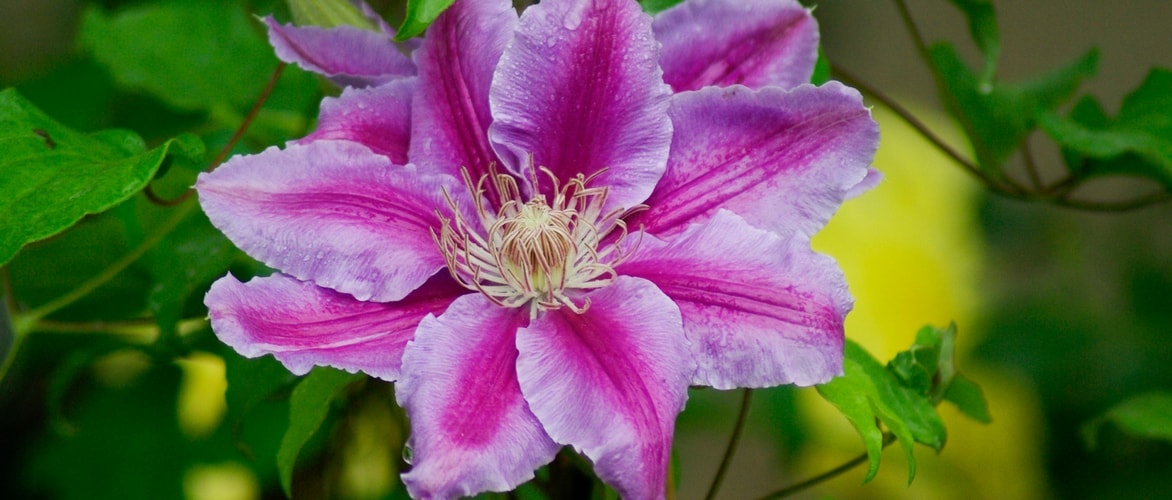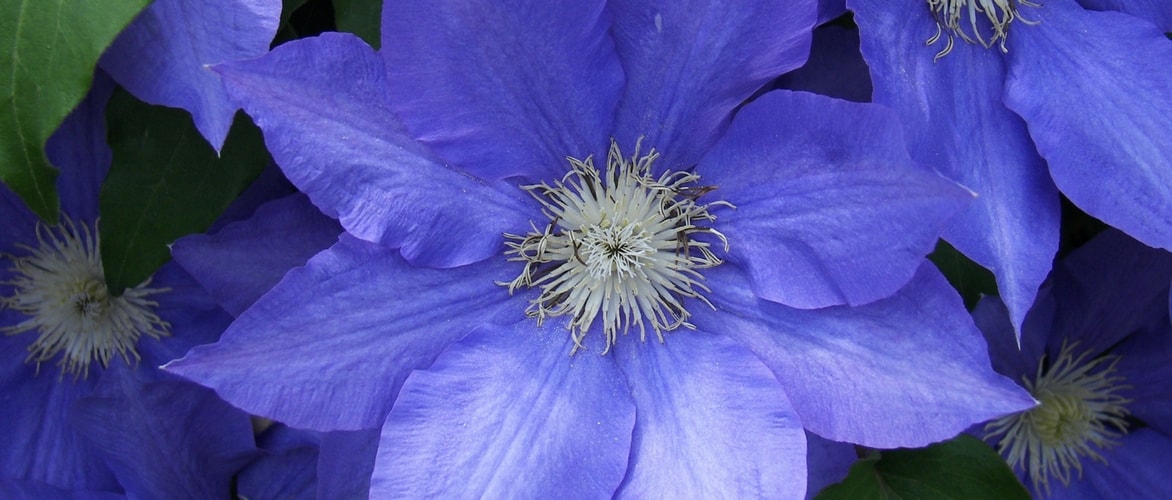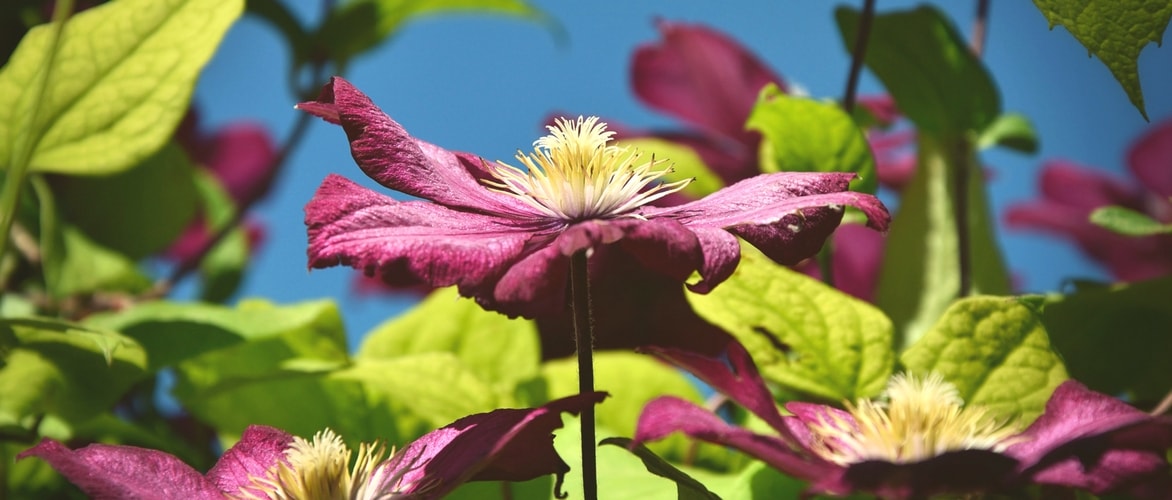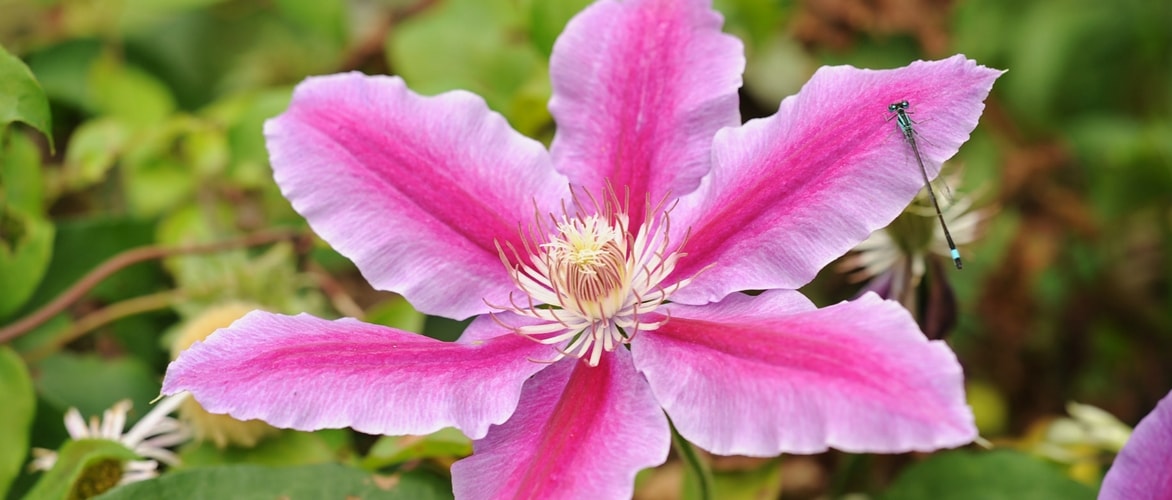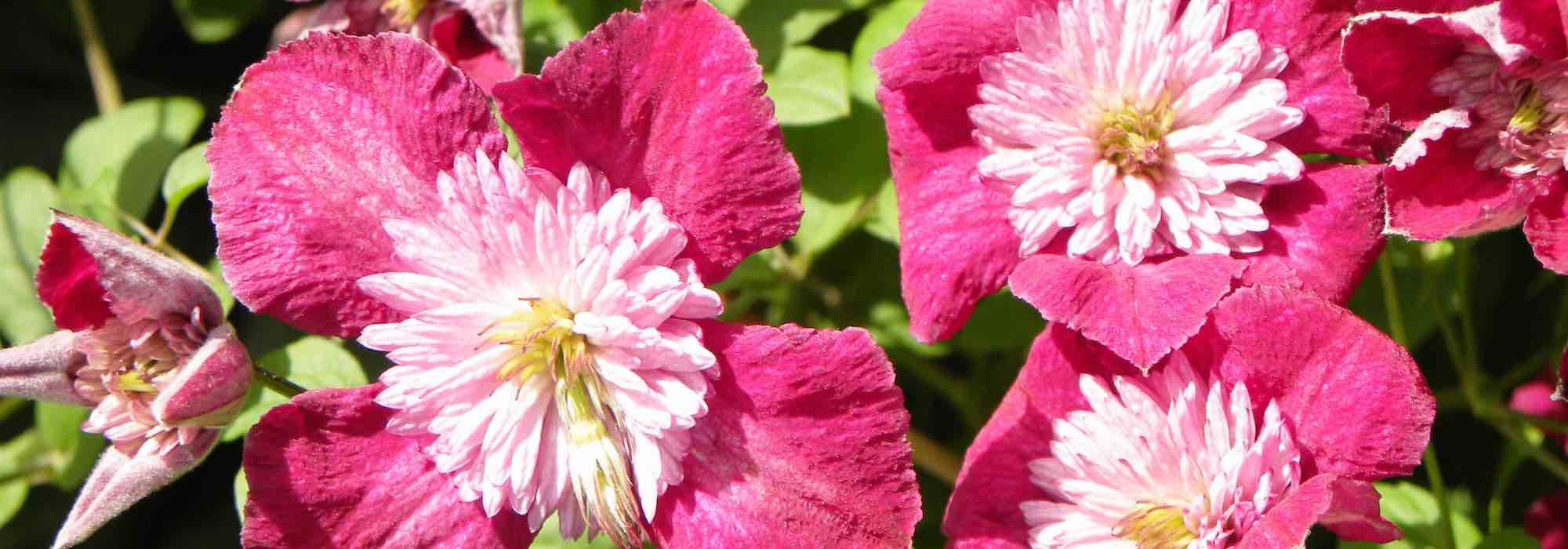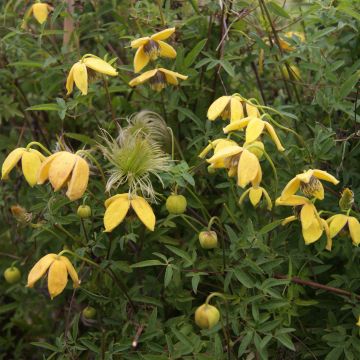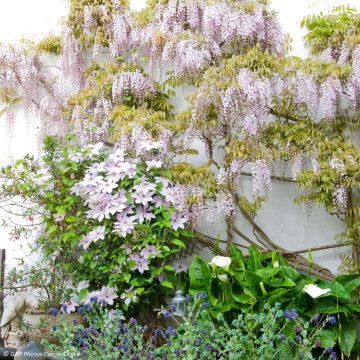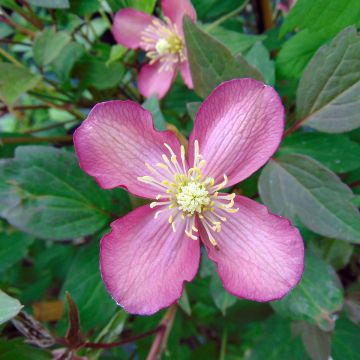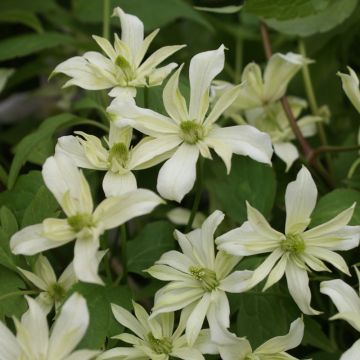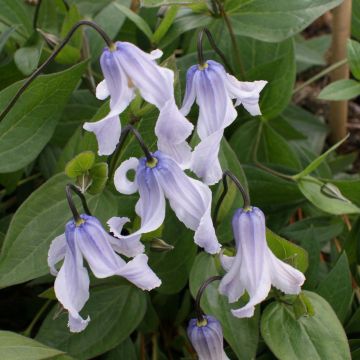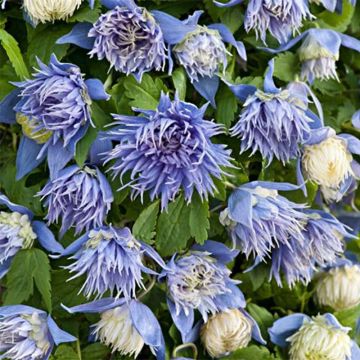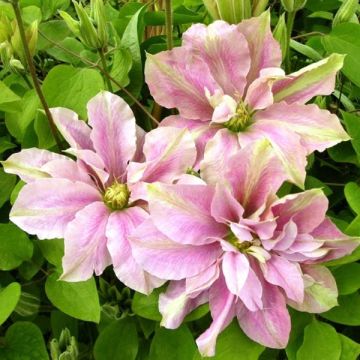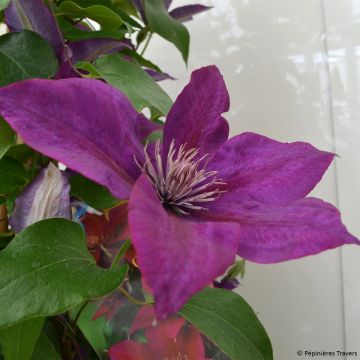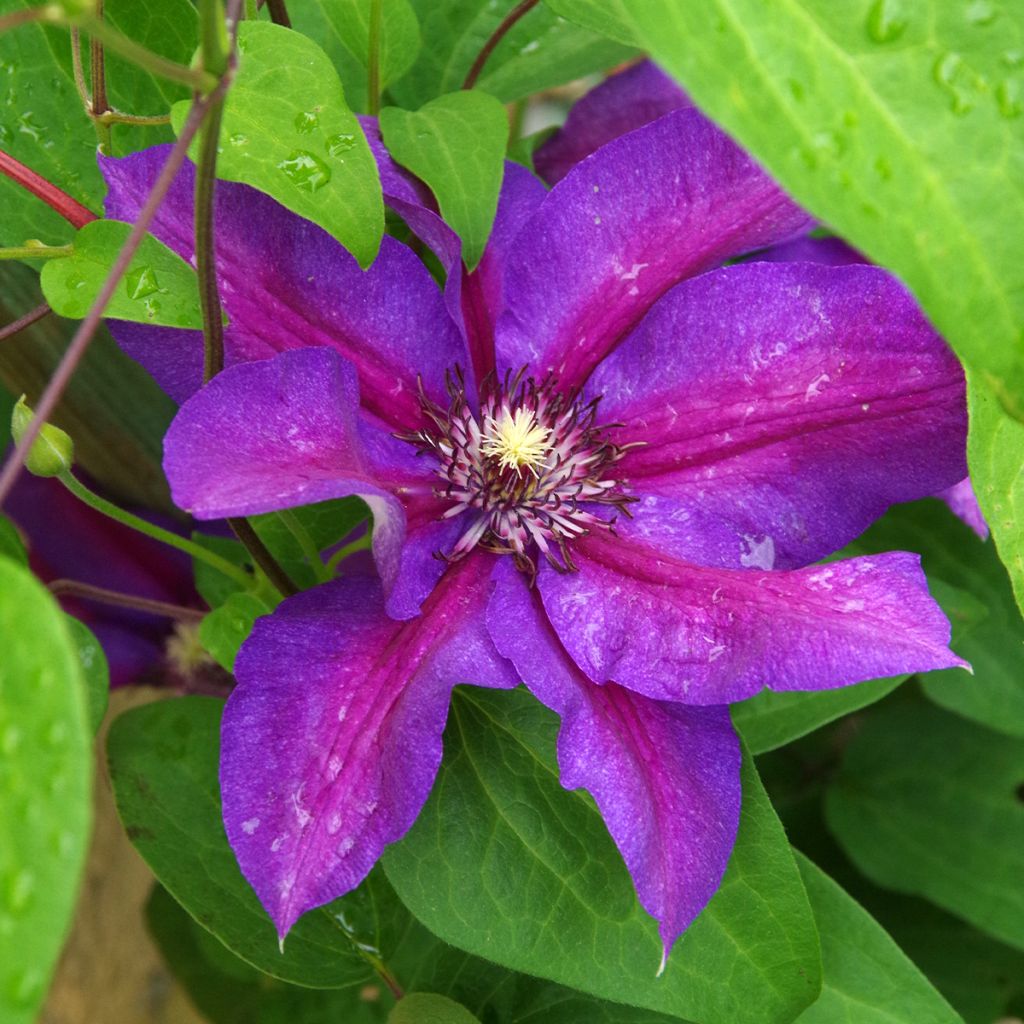

Clematis patens Anna Louise™ Evithree
Clematis patens Anna Louise™ Evithree
Clematis patens Anna Louise™ Evithree
Early Large-flowered Clematis
Special offer!
Receive a €20 voucher for any order over €90 (excluding delivery costs, credit notes, and plastic-free options)!
1- Add your favorite plants to your cart.
2- Once you have reached €90, confirm your order (you can even choose the delivery date!).
3- As soon as your order is shipped, you will receive an email containing your voucher code, valid for 3 months (90 days).
Your voucher is unique and can only be used once, for any order with a minimum value of €20, excluding delivery costs.
Can be combined with other current offers, non-divisible and non-refundable.
Home or relay delivery (depending on size and destination)
Schedule delivery date,
and select date in basket
This plant carries a 6 months recovery warranty
More information
We guarantee the quality of our plants for a full growing cycle, and will replace at our expense any plant that fails to recover under normal climatic and planting conditions.

Does this plant fit my garden?
Set up your Plantfit profile →
Description
The Clematis Anna Louise 'Evithree' offers large flowers adorned with a wide red median zone on a violet-blue background, a rather rare colour that catches the eye. This remontant variety blooms abundantly in late spring, and again in late summer, albeit more modestly. Its compact size makes it suitable for gardens of all sizes, as well as for a lovely pot on the terrace. 'Anna Louise' received the "Award of Garden Merit" from the RHS in 2002, the equivalent of the Palme d'Or for the plant world.
The Clematis Anna Louise is a horticultural creation by Raymond Evison dating back to 1998. It is a perennial climbing plant of the Ranunculaceae family. This selection can reach a height of up to 2.50 m (8ft). The previous year's stems will bear flowers in spring, starting from the month of May until June. These flowers are composed of 6 to 8 tepals and reach 15 cm (6in) in diameter. The late summer flowering (carried by the current year's branches), less abundant, will take place in September. The tepals, ending in a point and with undulate margins, change colour from blue to violet. In the centre, there is a large red-coloured zone that enhances the overall appearance. They open fully and reveal a heart of creamy white stamens with purple tips. Afterwards, feathery and silvery fruits appear, they will adorn the foliage and remain until winter. The leaves, composed of 3 to 5 leaflets, are a beautiful vibrant green. They are borne by voluble stems that coil around their support through the leaf petiole transformed into tendrils.
In a container, with a trellis to support it, 'Anna Louise' will reward owners of a small balcony and will flourish even in partial shade. Plant a few spring bulbs at its base and enjoy the spectacle with minimal maintenance. To enhance this scene further, the clematis varieties 'Baby Star' and Prince Charles as well as the 'pink and white pergola collection' will keep it company in perfect harmony. Finally, if you have a larger space, this unobtrusive clematis will weave its way through a bush, a climbing rose, a bamboo teepee, or a column, adding verticality to a romantically inspired flowerbed.
Plant habit
Flowering
Foliage
Botanical data
Clematis
patens
Anna Louise™ Evithree
Ranunculaceae
Early Large-flowered Clematis
Cultivar or hybrid
Other Clematis Patens
View all →Planting and care
The 'Anna Louise' Clematis should be planted in spring or autumn, 5 cm (2in) deep, with the root ball placed diagonally or even lying on the ground. The head in the sun (or partial shade) and the base in the shade. You can place a flat tile in front of the stump or install ground cover plants. It appreciates slightly moist soils that are not waterlogged, deep, well-worked, well-drained, and rich. Cover the base with a small mound of soil to encourage the emergence of new shoots. After planting, prune the stems to 30 cm (12in) from the base, above a pair of buds. Train them loosely to help the plant cling on its own later. Maintenance pruning should be done after flowering (in mid-summer) to remove faded flowers and shorten the stems that have bloomed. This will allow the plant to produce new shoots for a second flowering. More vigorous pruning can be done in spring to cut back certain stems more severely, but not necessarily every year. Watch out for pests such as aphids and gastropods.
Planting period
Intended location
Care
Planting & care advice
This item has not been reviewed yet - be the first to leave a review about it.
Similar products
Haven't found what you were looking for?
Hardiness is the lowest winter temperature a plant can endure without suffering serious damage or even dying. However, hardiness is affected by location (a sheltered area, such as a patio), protection (winter cover) and soil type (hardiness is improved by well-drained soil).

Photo Sharing Terms & Conditions
In order to encourage gardeners to interact and share their experiences, Promesse de fleurs offers various media enabling content to be uploaded onto its Site - in particular via the ‘Photo sharing’ module.
The User agrees to refrain from:
- Posting any content that is illegal, prejudicial, insulting, racist, inciteful to hatred, revisionist, contrary to public decency, that infringes on privacy or on the privacy rights of third parties, in particular the publicity rights of persons and goods, intellectual property rights, or the right to privacy.
- Submitting content on behalf of a third party;
- Impersonate the identity of a third party and/or publish any personal information about a third party;
In general, the User undertakes to refrain from any unethical behaviour.
All Content (in particular text, comments, files, images, photos, videos, creative works, etc.), which may be subject to property or intellectual property rights, image or other private rights, shall remain the property of the User, subject to the limited rights granted by the terms of the licence granted by Promesse de fleurs as stated below. Users are at liberty to publish or not to publish such Content on the Site, notably via the ‘Photo Sharing’ facility, and accept that this Content shall be made public and freely accessible, notably on the Internet.
Users further acknowledge, undertake to have ,and guarantee that they hold all necessary rights and permissions to publish such material on the Site, in particular with regard to the legislation in force pertaining to any privacy, property, intellectual property, image, or contractual rights, or rights of any other nature. By publishing such Content on the Site, Users acknowledge accepting full liability as publishers of the Content within the meaning of the law, and grant Promesse de fleurs, free of charge, an inclusive, worldwide licence for the said Content for the entire duration of its publication, including all reproduction, representation, up/downloading, displaying, performing, transmission, and storage rights.
Users also grant permission for their name to be linked to the Content and accept that this link may not always be made available.
By engaging in posting material, Users consent to their Content becoming automatically accessible on the Internet, in particular on other sites and/or blogs and/or web pages of the Promesse de fleurs site, including in particular social pages and the Promesse de fleurs catalogue.
Users may secure the removal of entrusted content free of charge by issuing a simple request via our contact form.
The flowering period indicated on our website applies to countries and regions located in USDA zone 8 (France, the United Kingdom, Ireland, the Netherlands, etc.)
It will vary according to where you live:
- In zones 9 to 10 (Italy, Spain, Greece, etc.), flowering will occur about 2 to 4 weeks earlier.
- In zones 6 to 7 (Germany, Poland, Slovenia, and lower mountainous regions), flowering will be delayed by 2 to 3 weeks.
- In zone 5 (Central Europe, Scandinavia), blooming will be delayed by 3 to 5 weeks.
In temperate climates, pruning of spring-flowering shrubs (forsythia, spireas, etc.) should be done just after flowering.
Pruning of summer-flowering shrubs (Indian Lilac, Perovskia, etc.) can be done in winter or spring.
In cold regions as well as with frost-sensitive plants, avoid pruning too early when severe frosts may still occur.
The planting period indicated on our website applies to countries and regions located in USDA zone 8 (France, United Kingdom, Ireland, Netherlands).
It will vary according to where you live:
- In Mediterranean zones (Marseille, Madrid, Milan, etc.), autumn and winter are the best planting periods.
- In continental zones (Strasbourg, Munich, Vienna, etc.), delay planting by 2 to 3 weeks in spring and bring it forward by 2 to 4 weeks in autumn.
- In mountainous regions (the Alps, Pyrenees, Carpathians, etc.), it is best to plant in late spring (May-June) or late summer (August-September).
The harvesting period indicated on our website applies to countries and regions in USDA zone 8 (France, England, Ireland, the Netherlands).
In colder areas (Scandinavia, Poland, Austria...) fruit and vegetable harvests are likely to be delayed by 3-4 weeks.
In warmer areas (Italy, Spain, Greece, etc.), harvesting will probably take place earlier, depending on weather conditions.
The sowing periods indicated on our website apply to countries and regions within USDA Zone 8 (France, UK, Ireland, Netherlands).
In colder areas (Scandinavia, Poland, Austria...), delay any outdoor sowing by 3-4 weeks, or sow under glass.
In warmer climes (Italy, Spain, Greece, etc.), bring outdoor sowing forward by a few weeks.






























